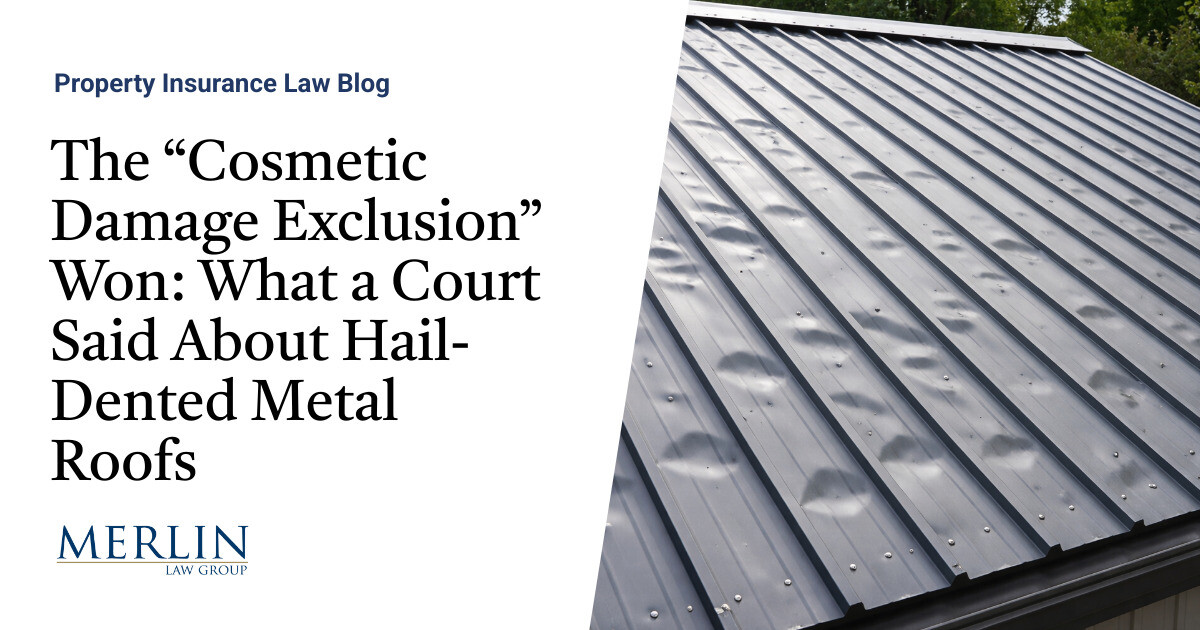A new study by the Federal Emergency Management Agency (FEMA) could be instrumental to its effort to persuade states and localities to adopt up-to-date building codes.
The study, titled , quantifies the physical and economic losses associated with flooding, hurricanes, and earthquakes that have been avoided due to buildings being constructed according to modern, hazard-resistant building codes and standards.
In – two of the most catastrophe-prone U.S.states – the study found that “adopting and enforcing modern hazard-resistant building codes over the past 20 years indicate a long-term average future savings of $1 billion per year for those two states combined.”
“The combined savings from these two states demonstrate the high value of adopting I-Codes for hazard mitigation as a return on investment,” FEMA wrote, referring to model construction codes published by the .
“This gives us the foundation to back up the recommendations that we’re making,” FEMA building engineer at a recent conference on flood prevention.
The study is part of FEMA’s broader effort to reduce the growing cost of natural disasters by convincing states and municipalities to adopt post-2000 building codes.Two-thirds of the nation’s localities haven’t adopted recent model codes, Westcott said.
Communities often don’t understand the long-term benefits of adopting stronger codes.
“Instead of just hearing about how expensive it is to add a foot of freeboard,” Wescott said, “they’re going to understand the financial benefits of doing that so they can make a balanced decision on what’s best for their community.”
Publisher: iii








